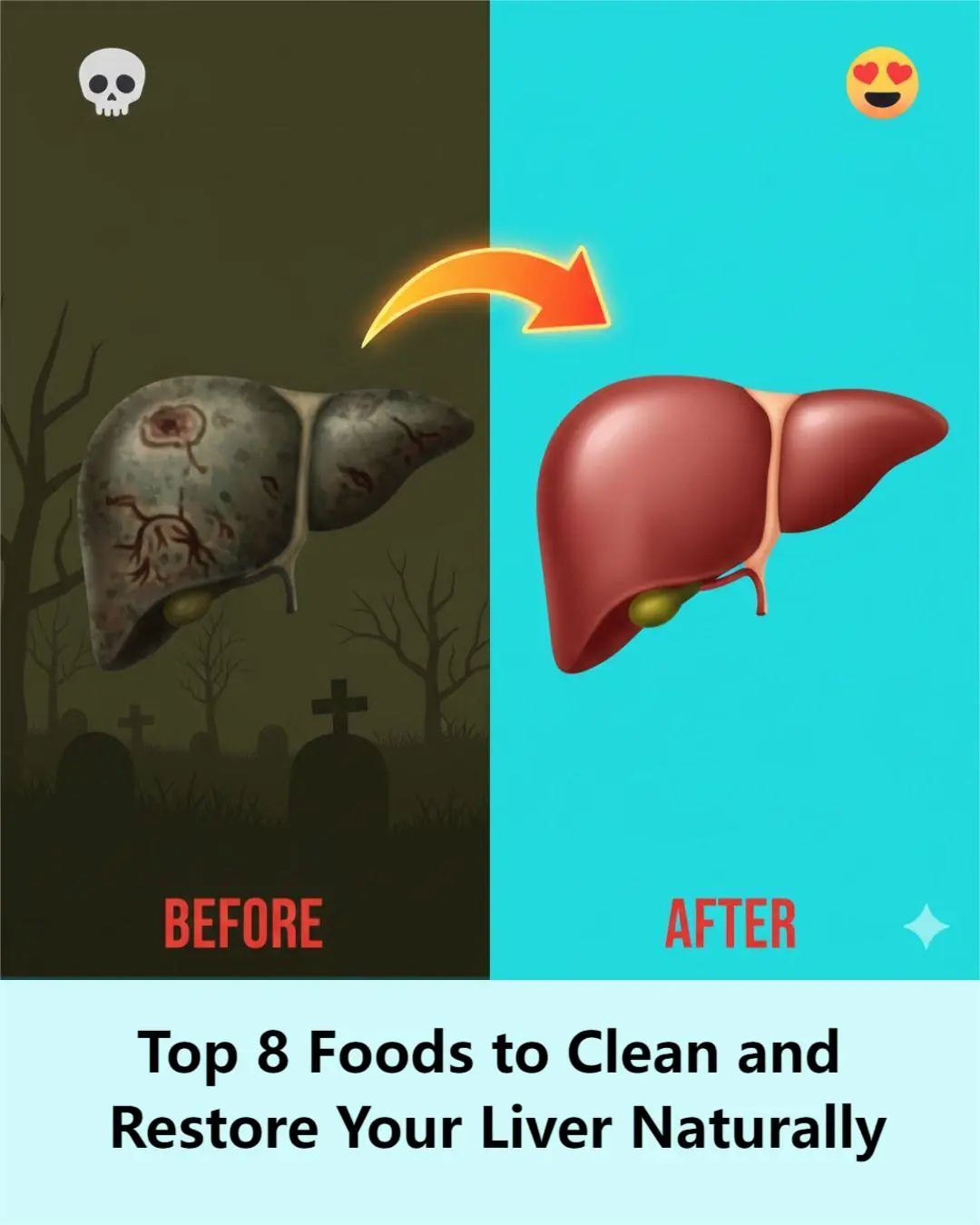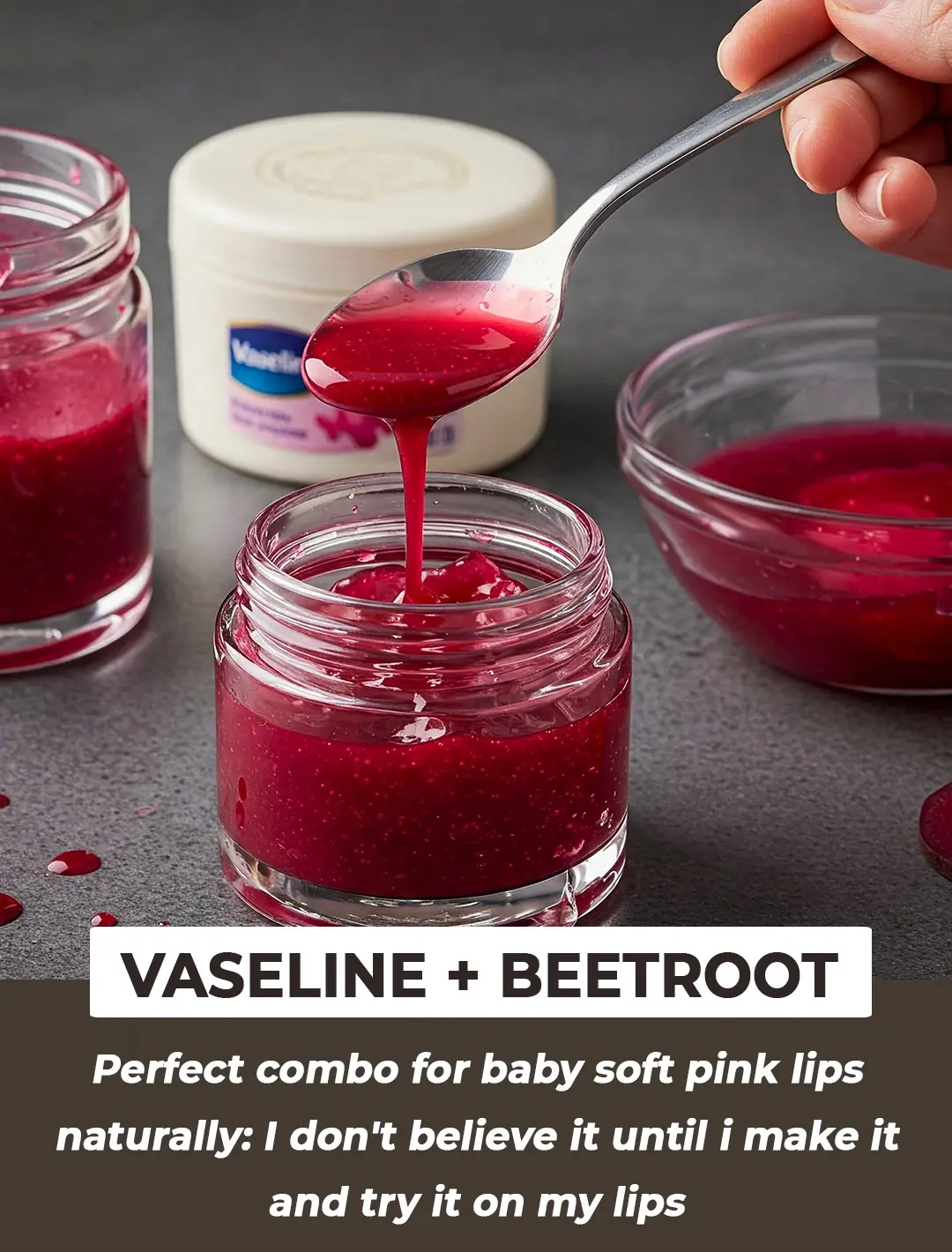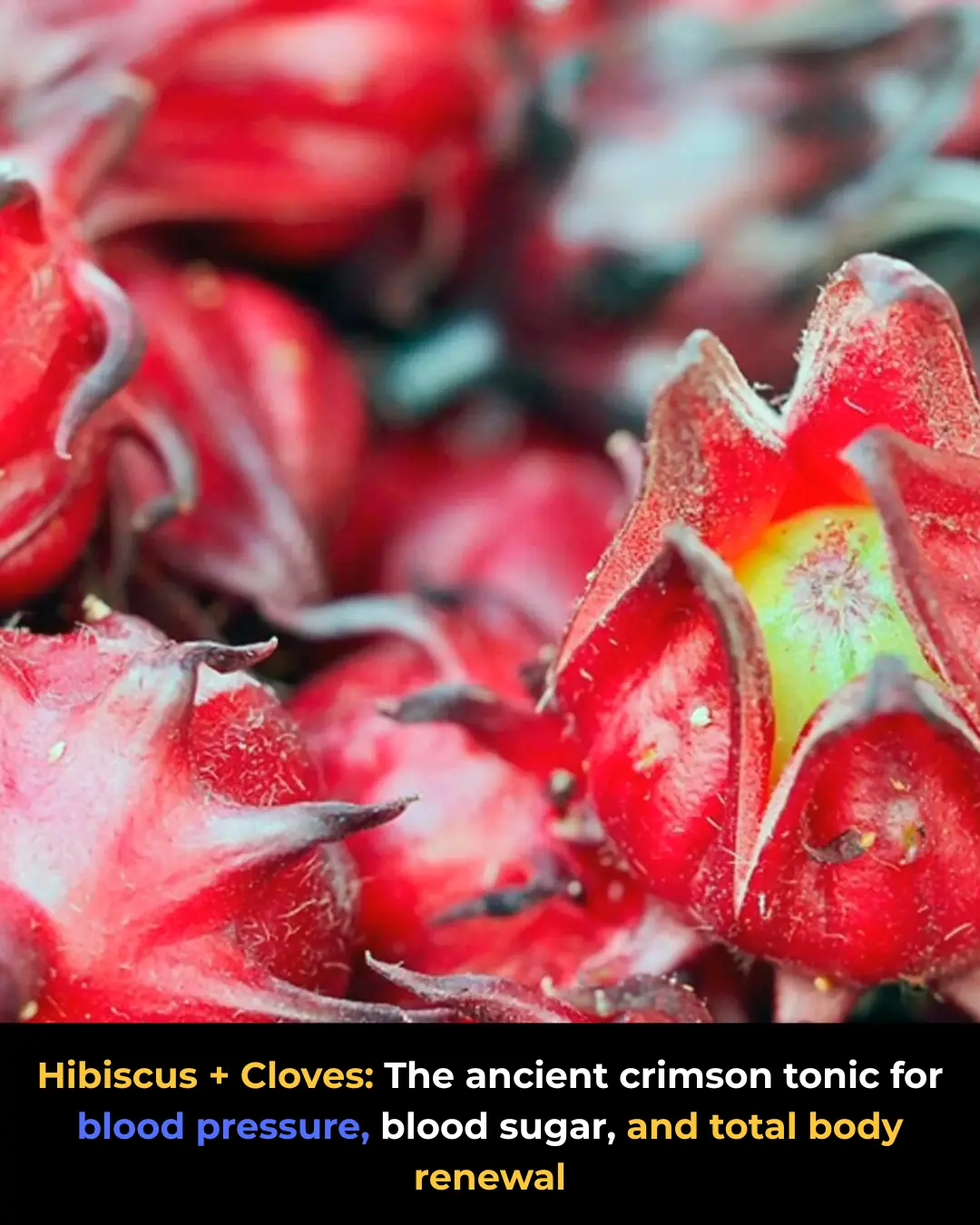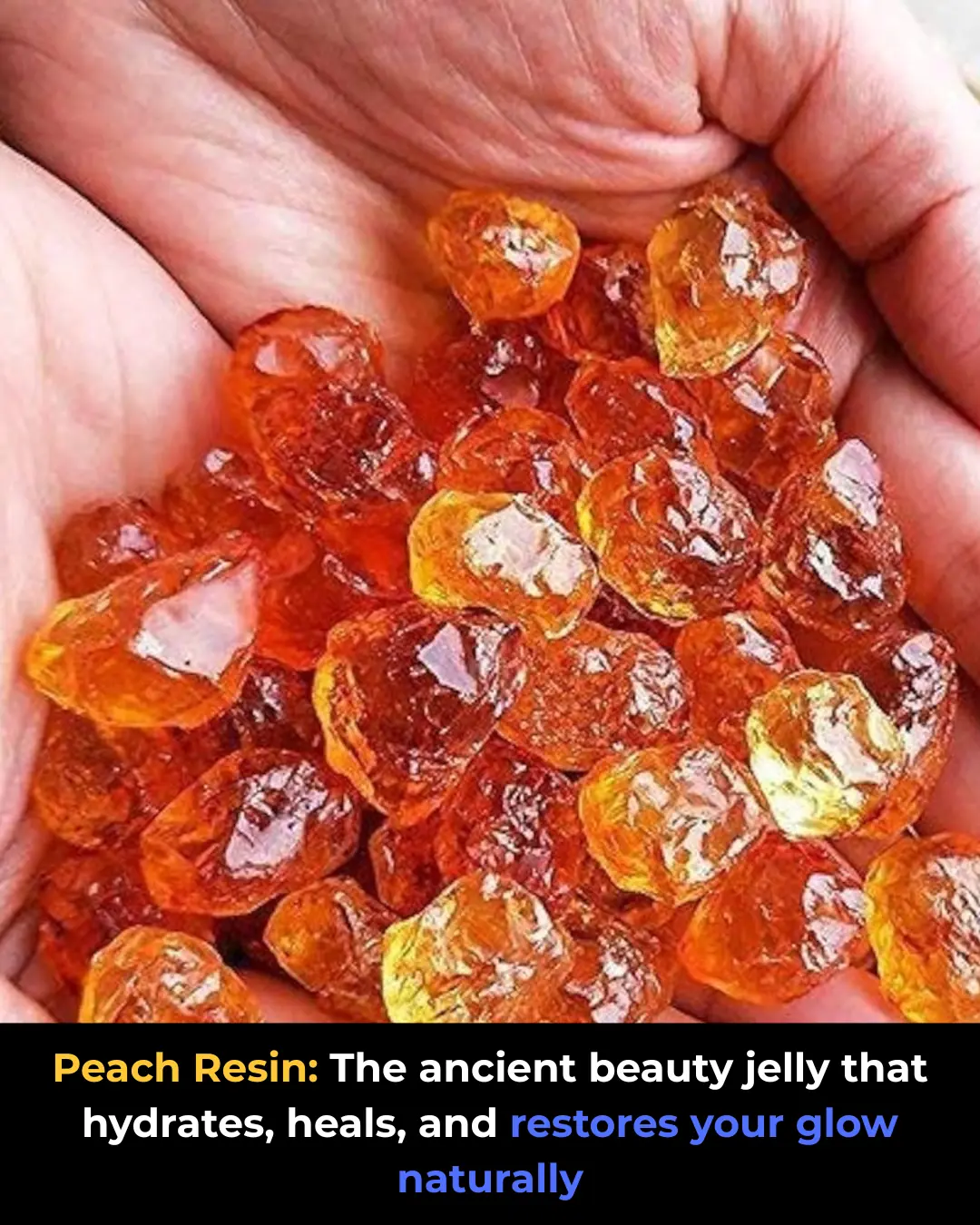
Tonsil Stones: Causes, Symptoms, and Natural Remedies
Tonsil Stones: Causes, Symptoms, Prevention, and Treatment
Tonsil stones, medically known as tonsilloliths, are small, hard, calcified deposits that can form inside the crevices of your tonsils. While they are generally not dangerous, they can cause a surprising amount of discomfort — and in some cases, lead to bad breath, irritation, or even recurring throat infections. Understanding what causes them, how to prevent them, and what to do if they form is essential for keeping your throat and mouth healthy.
What Exactly Are Tonsil Stones?
Your tonsils are two small masses of tissue located at the back of your throat, and their job is to help trap and filter out bacteria and particles before they reach your lungs. The surface of each tonsil is covered in small pits and folds called crypts. Over time, a mixture of dead cells, mucus, food particles, and bacteria can get lodged inside these crypts. If this debris isn’t cleared away naturally, it can harden (calcify), eventually becoming a tonsil stone.
People with larger tonsils or deeper crypts are more prone to developing them. Poor oral hygiene, chronic sinus issues, and frequent throat infections can all increase the likelihood of stones forming.
Why Do They Happen?
The primary cause is the accumulation of debris in the tonsil crypts. This debris can come from:
-
Food particles that get stuck at the back of the throat.
-
Dead skin cells shed naturally by the mouth and throat lining.
-
Mucus from postnasal drip.
-
Bacteria that thrive in low-oxygen areas.
When this buildup remains trapped, it begins to harden — especially if there’s an imbalance in oral bacteria. This is why poor oral hygiene often worsens the problem. Certain lifestyle factors, like dehydration and high dairy intake, may also contribute by increasing mucus production and creating a more favorable environment for calcification.
Symptoms to Watch For
While some people never realize they have tonsil stones (especially if they’re small), others notice them because of clear and sometimes frustrating symptoms, such as:
-
Persistent bad breath (halitosis) caused by sulfur-producing bacteria.
-
A sore or scratchy throat that doesn’t seem linked to illness.
-
Difficulty swallowing or a feeling that something is “stuck” in the throat.
-
Ear pain or pressure, even though the ear itself is fine (the tonsils and ears share nerve pathways).
-
Visible white or yellowish lumps at the back of the throat.
In more severe cases, larger stones may cause noticeable swelling and can be mistaken for tonsillitis or other throat infections.
How to Prevent Tonsil Stones
Good oral hygiene is your best defense. This means:
-
Brushing and flossing daily to remove food particles and bacteria.
-
Gargling with warm salt water to flush the tonsils and reduce bacteria.
-
Staying well-hydrated to keep mucus thin and easier to clear.
-
Reducing dairy intake if you are prone to thick mucus production.
-
Cleaning your tongue to reduce bacterial buildup in the mouth.
If you know your tonsils have deep crypts, adding a gentle water flosser or oral irrigator to your routine can help rinse out debris before it calcifies.
Natural and At-Home Remedies
Small tonsil stones often come out on their own, but you can help the process along:
-
Gargle with warm salt water several times a day.
-
Use a gentle oral irrigator to flush the tonsil area.
-
Eat crunchy foods like apples, carrots, or celery to help dislodge loose stones naturally.
-
Practice deep coughing — sometimes the pressure can release smaller stones.
Avoid using sharp objects to remove them yourself, as this can injure the delicate tissue of your tonsils and lead to infection.
When to See a Doctor
If your tonsil stones are:
-
Large or painful.
-
Causing frequent throat infections.
-
Persistently returning despite good oral care.
…then it’s time to seek professional help. A doctor or ENT specialist can safely remove the stones, often using specialized tools. In chronic, severe cases, they may recommend a tonsillectomy — surgical removal of the tonsils. While this procedure is generally a last resort due to its recovery time and potential risks, it is the only permanent way to prevent tonsil stones entirely.
Bottom Line
Tonsil stones are often small and harmless, but they can still be uncomfortable — and embarrassing — if they lead to bad breath or visible lumps in the throat. By understanding how they form and taking preventive steps like maintaining excellent oral hygiene, staying hydrated, and addressing sinus or mucus issues, you can significantly reduce your chances of developing them.
A little daily care can go a long way toward keeping your throat healthy, your breath fresh, and those pesky tonsil stones at bay.
News in the same category


Fibromyalgia: The Hidden Energy Crisis Behind Your Pain, Fatigue, and Sleepless Nights

The 11 surprising baking soda uses that actually have science behind them

Common pain meds trick doctors into heart failure misdiagnosis

Top 6 Nutrients To Reduce Knee Osteoarthritis Pain

Could your toes be warning you about your lifespan? Foot expert explains

Could your morning orange juice be supporting your heart more than you think?

Top 10 Signs of Kidney Problems You ABSOLUTELY Must Be Aware Of…

Chronic Insomnia: When Sleeplessness Becomes a Serious Health Issue

Chronic Bronchitis: Causes, Symptoms, and Home Care Tips

Irritable Bowel Syndrome (IBS): What Makes the Condition Worse?

Hepatitis B: High-Risk Groups and Prevention Measures

Anemia in Young Adults: Common Causes and How to Treat It

Anxiety Disorder: Psychological Signs People Often Misunderstand

Seven Days Without Sugar Changes Your Body in Ways You Never Expected

All It Takes Is One Boiled Egg To Control Sugar Levels In The Blood

Cucumber water regenerates joints and nourishes your brain and 8 other benefits for your health

The Surprising Benefits of Foot Massages

Natural Home Remedies That Eliminate Muscle Pain Quickly

Nobody Told You This Vitamin Deficiency Might Be Behind Your Migraines
News Post

CCF Tea to Burn Belly Fat

DIY Lip Balm with Vaseline and Beetroot: A Natural, Moisturizing Solution for Soft, Pink Lips

Coffee Gel For Eye Wrinkles

Coffee For Instant Skin Brightening

Japanese 4 Steps Glow Secret

30 minutes treatment for dark lips

How to Make a DIY Aloe Vera Night Cream for Glowing Skin

Rice Water Toner To Get Skin That Shines Like Diamond

Salon like Keratin Treatment at Home

Experts reveal the top 7 Shampoos to tackle hair loss effectively

10 Surprising Beauty Hacks You Never Thought You Could Do With Baby Powder

DIY Night Serum For Radiant Skin

Top 8 Foods to Clean and Restore Your Liver Naturally

The Ancient Secret Seed That Revolutionized Wellness: Unlocking the Power of Hibiscus and Cloves

Garlic Remedy for Removing Moles and Skin Tags Naturally: What Works and What to Know

Fibromyalgia: The Hidden Energy Crisis Behind Your Pain, Fatigue, and Sleepless Nights

The Hidden Oil That Sparks Her Desire and Rekindles Your Marriage

Unlock the Ancient Secret of Peach Tree Resin: 15 Life-Changing Benefits You’ll Wish You Knew Sooner

Aloe Vera & Cinnamon: The Traditional Duo That Naturally Supports Your Health, Vitality, and Vision
